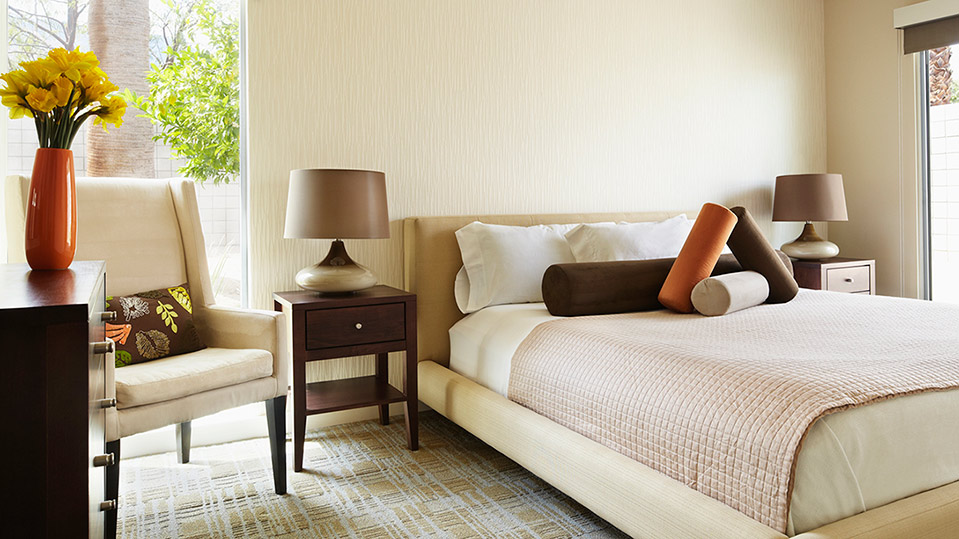Hotels & Accommodation near Cam Pho Temple
More than just hotels
Apartments, cabins, holiday rentals and more, plus millions of reviews from Aussie & Kiwi travellers
Flexibility matters
24/7 support, so you can book with confidence
Unlock member prices with Mates Rates
You could save 10% or more on over 100,000 hotels right now.
Check availability on hotels close to Cam Pho Temple
Top hotels near Cam Pho Temple

Yzistel

Silkotel Hoi An

Ancient HoiAn Hotel

Allegro Hoi An. A Little Luxury Hotel & Spa

The Signature Hoi An

Annam Heritage Boutique Hotel & Spa

Bel Marina Hoi An Resort

Hotel Royal Hoi An - Gallery

RiverTown Hoi An Resort & Spa

Hoi An Historic Hotel

La Siesta Hoi An Resort & Spa

Moire Hoi An, Vignette Collection by IHG
Hotels Near Cam Pho Temple
Location, location, location—the mantra is as true in travel as it is in real estate. If you've ever stayed in the boonies, trekked in to see the sights or attend that conference, and trekked out again at the end of a long day or an even longer night, you know exactly what we're talking about. You know that staying in one of the hotels close to Cam Pho Temple will put you in the middle of the action, and that there's no better place to be when you're away from home. Why miss hours of sightseeing or precious sleep while fellow tourists or colleagues live it up in the destination you'd been waiting so long to see?
But never fear, dear traveller: Cam Pho Temple accommodation won’t break the bank. With Wotif bringing you the best deals in travel, you can book accommodation near Cam Pho Temple without blowing your budget, and the money you'll save by snagging that central location at a cheap rate will pay you back in spades. Explore the neighbourhood. Hang with the locals. Let the hotel concierge recommend the best "extras" you denied yourself last time you travelled—that great local restaurant or bar, the expert-guided tour, or the local haunt tourists don't usually know about.
And between adventures, hang out at a great hotel with all the amenities you expect when you travel. The choice is yours, and Wotif is here to help.
Cam Pho Temple hotels essential information
Accommodation | 1,666 hotels |
|---|---|
Lowest Price | AU$39 |
Highest Price | AU$206 |
Popular hotels | Hotel Royal Hoi An - Gallery, Bel Marina Hoi An Resort, Allegro Hoi An. A Little Luxury Hotel & Spa, Hoi An Historic Hotel, The Signature Hoi An, Annam Heritage Boutique Hotel & Spa, Ancient HoiAn Hotel, Moire Hoi An, Vignette Collection by IHG, La Siesta Hoi An Resort & Spa, Yzistel, RiverTown Hoi An Resort & Spa, Silkotel Hoi An |
New reviews! Best hotels in Cam Pho Temple



